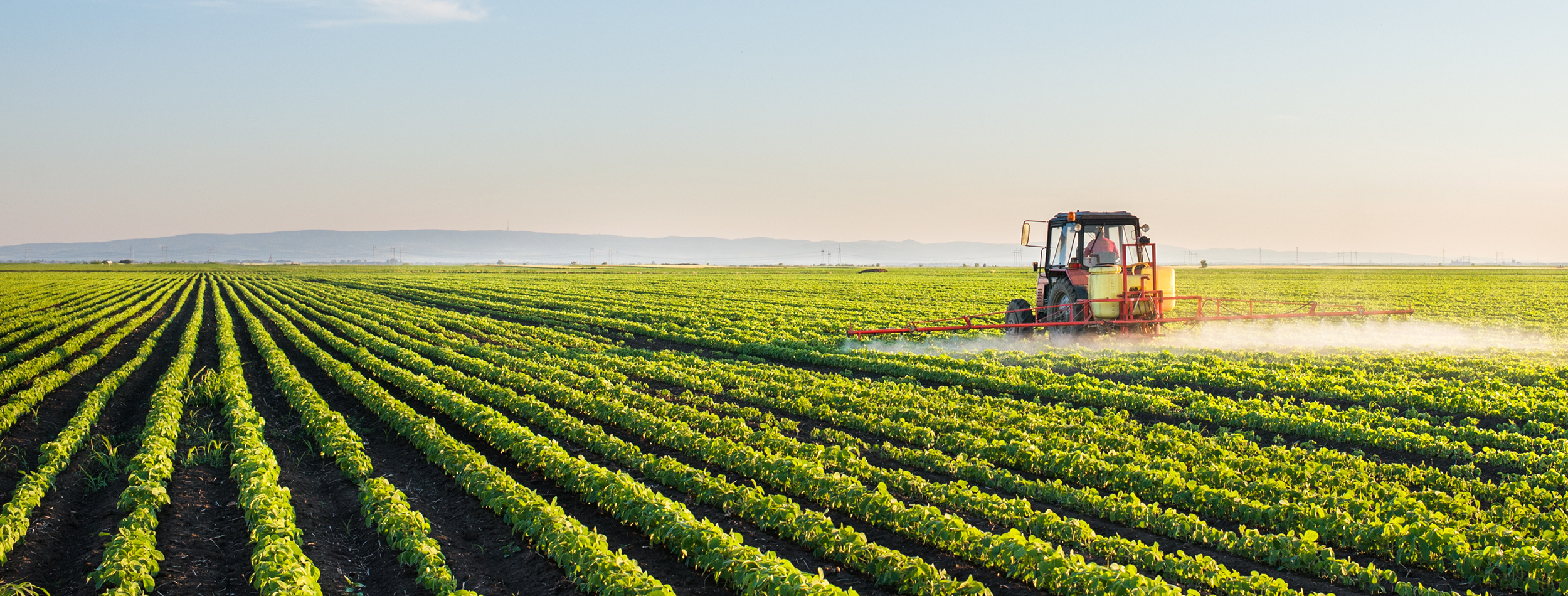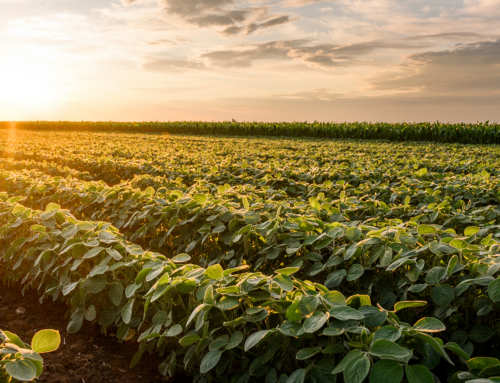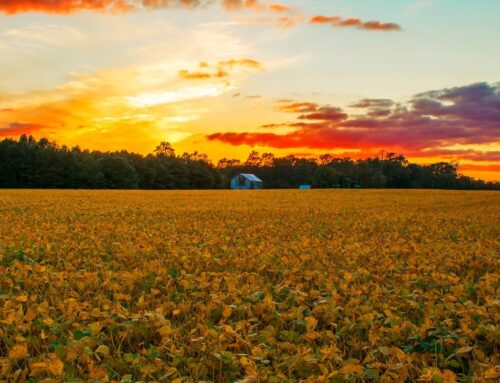
The future of soybean research, powered by soybean checkoff
Share This
In the world of agriculture, research and practicality often go hand-in-hand. Over a decade ago, Dr. Damon Smith left Oklahoma State for Wisconsin to delve deeper into the mysteries of sclerotinia, a fungus causing white mold in crops. What started as an academic pursuit soon turned into a quest for practical solutions due to the challenges experienced by local farmers. This journey led Dr. Smith and his team through extensive studies, the rise of technology in disseminating research, and the evolution of disease management strategies.
Mentoring Future Leaders in the Research Space
Dr. Smith, a key figure in the research community, is a mentor to students who are interested in soybean and other crop research. These students, funded by the Wisconsin Soybean Marketing Board (WSMB), have now become faculty members and are the next generations of soybean scientists across the country. Dr. Smith takes particular pride in three of his former students whose research was funded by the marketing board and are now faculty at Michigan State University, the University of Minnesota, and North Dakota State University. They’re all actively engaged in sclerotinia work, contributing to the understanding of soybean pathology.
This progress in soybean research illustrates the significant impact of funding, particularly from soybean checkoff dollars, on opening avenues for new scientific discoveries.
Continuous Adaptation to Current Tools
Over the past 11 years, Dr. Smith and his team have been instrumental in adapting to changes in agricultural research, developing and continually refining tools such as the Sporecaster app. This tool, which was a pioneering venture into the realm of apps for the team, has proven to be a valuable asset that is updated annually with fresh data. The strategy behind Sporecaster isn’t static; it’s an evolving tool that changes as the environment and management techniques change.
Dr. Smith’s team isn’t the only one utilizing the apps they’ve developed. Other researchers, such as Dr. Shawn Conley, are also leveraging these digital tools.
Soybean Research in 2024
Dr. Smith’s team has spent over a decade creating layers of information sharing, a strategy that has proven to be immensely beneficial. As they look toward 2024, there are several key areas of interest for Dr. Smith and his students.
Disease management remains at the forefront of their program. With rapid advances in traits and consequently, varieties, questions about disease management have become increasingly common. In the past three or four years, they’ve observed high-yielding varieties with new herbicide traits but lacking in disease resistance.
White mold continues to be a crucial focus, among other soybean diseases. A lot of proactive work is taking place in Dr. Smith’s program, with active collaborations, particularly with Dr. Shawn Conley. These collaborations, along with the commitment to research and education, are driving the future of soybean science in Wisconsin, ensuring that the state remains a leader in this field.
Thanks to funding from the WSMB, Dr. Smith and his team are currently investigating seedling and early-to-mid season diseases that can lead to a stand decline, with a goal of understanding the population distribution of these organisms across the state. In addition, Dr. Smith is working on a project that can lead to a new product that can break down the structures of sclerotinia. These innovative projects not only address immediate challenges but also contribute to the larger vision of layering management recommendations.
As we look to the future, it’s clear that the convergence of research, technology, and data will continue to shape the landscape of soybean science. To learn more about the future of soybean research, listen to the newest episode of our podcast, PODtalk!



